REWILDING NEW ZEALAND
INTRODUCING THE SEED HUNTER TRIBE
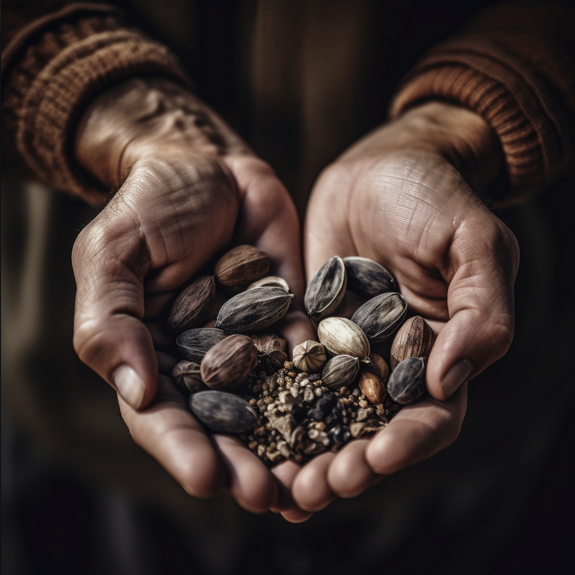
🌿 It ALL Starts With a Seed, and You’re The Key! 🌿
We’re embarking on a mission to revive and regenerate native forests in New Zealand, and we need your support to make it happen.
Yes! It all starts with a seed, but it’s far more complex than it seems….
The Challenge
In the past, clearing land with chainsaws and fire sticks was common, but regenerating a forest is a monumental task.
Traditional methods involve costly spraying, clearing, and planting seedlings, each needing protection and a stake.
Help
Let’s Make It Happen

🌿 The Innovation 🌿
Undeterred by the challenges, we embarked on a journey to find a better way.
We discovered a successful Japanese technique of coating seeds in clay.
We then added Biochar because it great for the soil and the environment.
After many months of experimentation, we’ve developed incredible seed bombs that can outperform direct planting by up to 100% in some species.
🌿 The Sowing Solution 🌿
Our reforestation efforts are powered by state-of-the-art heavy-duty drones that have been designed with efficiency and affordability in mind. Thanks to a clever combination of laser cutting and 3D printing, we can construct these remarkable drones for under $6,000.
By utilizing these drones, we’re able to maximize the efficiency of our reforestation efforts, ensuring that every dollar goes the longest way in restoring New Zealand’s natural beauty.


🌿 Bag o’ Bombs | Just Throw n’ Grow 🌿
That’s precisely what our “Bag o’ Bombs” offer.
These bags contain a treasure trove of approximately 400 New Zealand native seeds, carefully curated to thrive in our unique ecosystem. The concept is brilliantly straightforward – you just toss them!
We created:
- Pioneer Mix: This bag contains nitrogen fixers and species that stand the very best chance of survival in grass, weeds and gorse, carving the way for…
- Forest Mix: This is our magical mix and how a new forest is born. The second coloniser bombs are created to continue the process of forest succession. Toss into established growth and newly formed pioneer planting.
- Ripiarian Mix: Plants that are used along the sides of waterways include flax, cabbage trees, toe toe, hebe, broadleaf, and much more!
The Tree Factory method is inspired by our neighbor’s successful model. He introduced pioneer species like Manuka and Tree Lucerne. Tree Lucerne, in particular, boasts remarkable qualities. It can grow up to 3 meters in its first year, attracting birds and bees with its irresistible flowers. The birds, acting as natural seed carriers, facilitated the growth of native species within the ecosystem. After two decades, the Lucerne has naturally receded, leaving behind a thriving forest.
By scattering the bombs, we’re sowing the seeds of a greener, more biodiverse future for New Zealand.
It’s an easy, accessible, and impactful way for us all to help rewild, one “bomb” at a time.
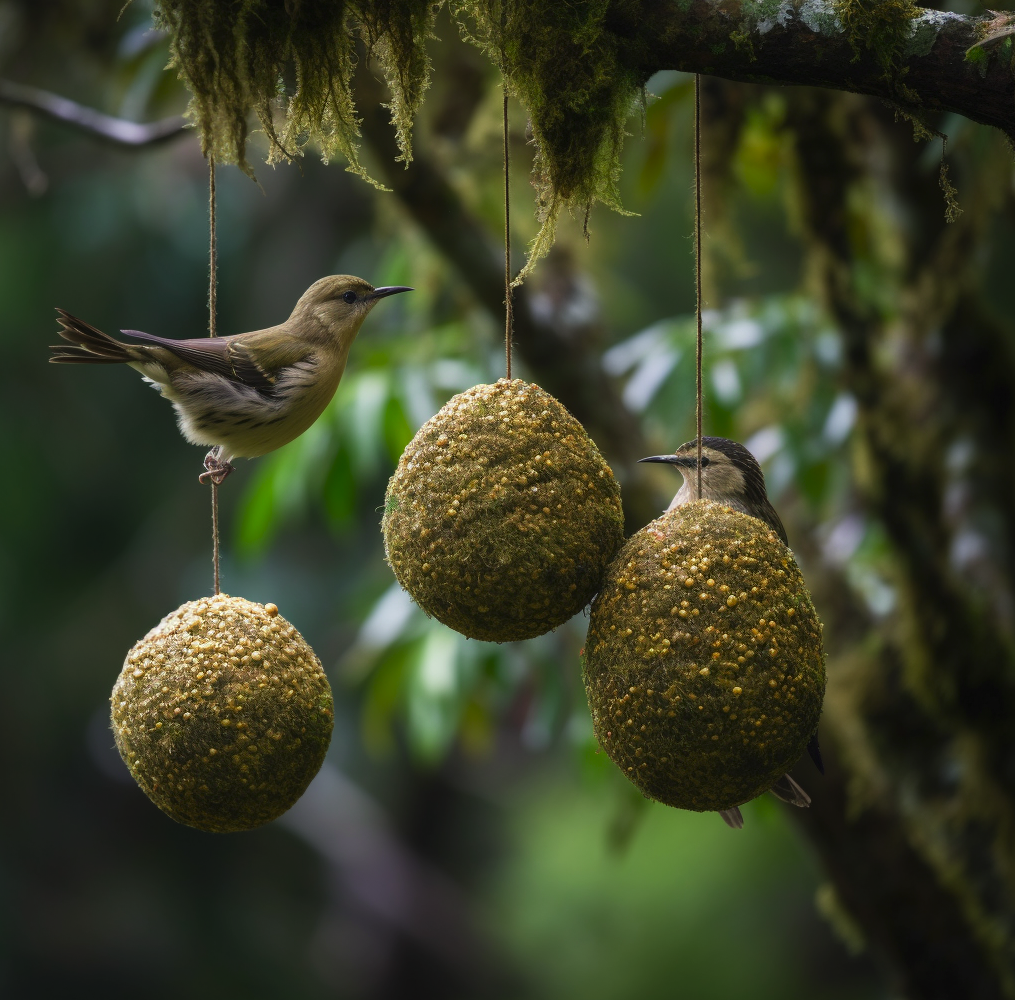
🌿 Bird Bombs | Just Hang on a Branch! 🌿
Birds play a crucial role in ecosystem regeneration by spreading seeds through their droppings, often referred to as “poo bombs.”
This natural process aids in the growth of forests and the reestablishment of native vegetation. It’s a fascinating example of how wildlife (even introduced species) contributes to the restoration of ecosystems and the promotion of biodiversity.
We created:
- Pioneer Mix: This bag contains nitrogen fixers and species that stand the very best chance of survival in grass, weeds and gorse, carving the way for…
- Forest Mix: This is our magical mix and how a new forest is born. The second coliniser bombs are created to continue the process of forest sucession. Toss into established growth and newly formed pioneer planting.
- Ripiarian Mix: Plants that are used along the sides of waterways include flax, cabbage trees, toe toe, hebe, broadleaf, and much more!
🌿 Exciting School Program for Future Seed Hunters! 🌿
We created an engaging and educational school program, a day filled with fun and learning as we visit schools across New Zealand. Students have the opportunity to join us for an unforgettable adventure, where they’ll discover the art of harvesting seeds and crafting seed bombs for themselves.
But the excitement doesn’t stop there!
It’s all about hands-on sowing activities with a twist. Students can participate in friendly competitions, using various methods like catapults, drone drops, and even trebuchets. It’s a fantastic way to instill a love for nature and conservation in the next generation.
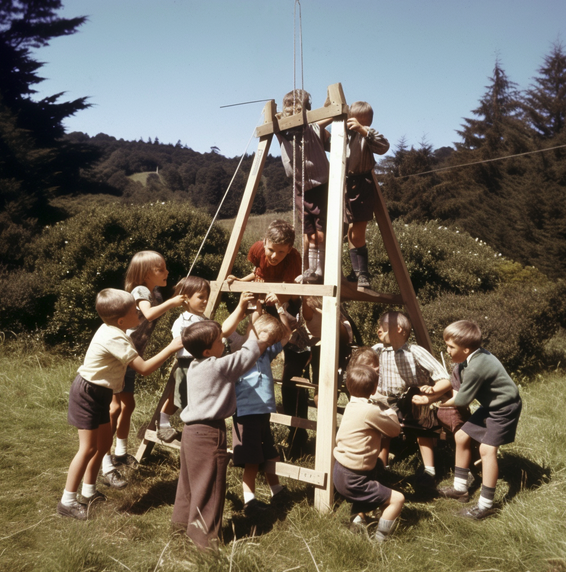

🌿 The Seed Hunter Tribe 🌿
These wonderful projects all require seed, and lots of it. We need genetically strong, locally sourced seeds, and that’s where YOU come in.
- The Seed Hunter Tribe welcomes one and all.
- Seed Hunters get paid to collect seeds.
- It’s all streamlined through our online system.
- Register, post cleaned seeds to our office, and receive payment via transfer.
Let’s Make It Happen
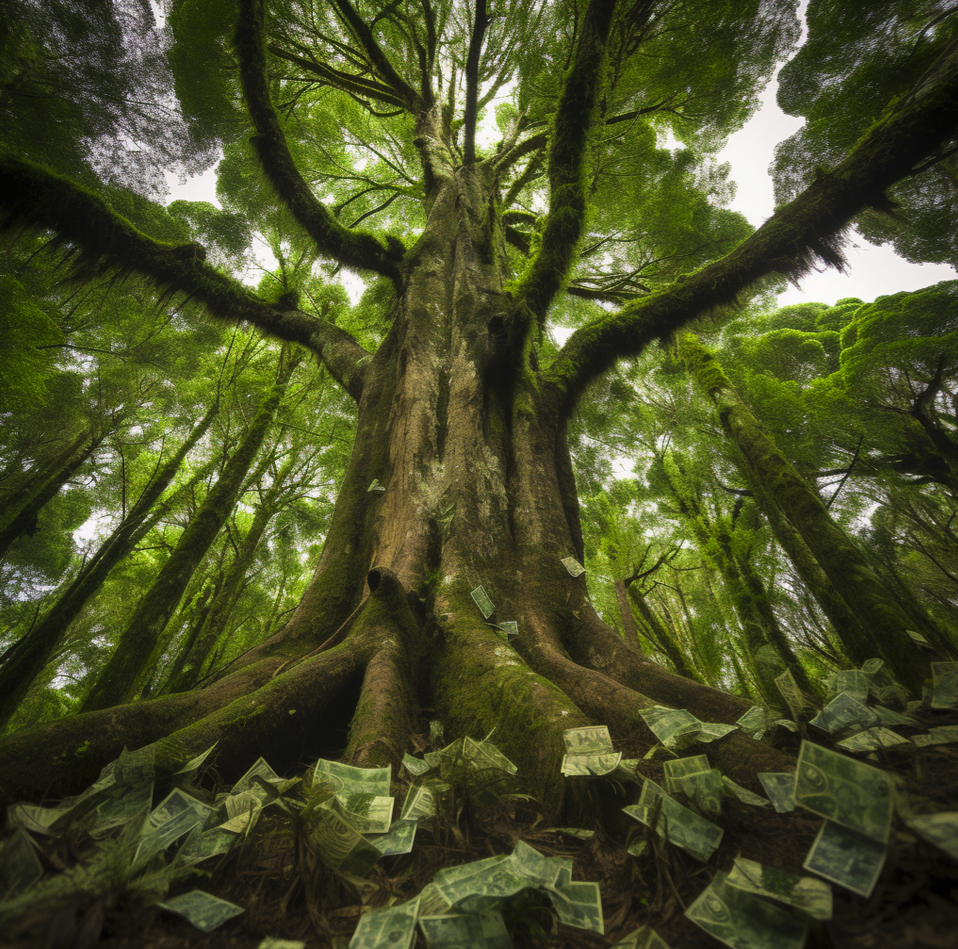
🌿 The Money! 🌿
Our journey began when we decided to rewild 25ha of our farm. The most efficient way to start a forest is by planting seedlings.
Cost Breakdown for Conventional Planting 25 Hectares
To plant seedlings with a spacing of 1 meter apart in all directions, we achieve a density of approximately 10,000 trees per hectare. This is a common spacing used in reforestation and afforestation projects to achieve a desired tree density and canopy cover.
| Cost Category | Cost per Hectare | Total Cost for 25 Hectares |
|---|---|---|
| Seedlings $3 | $30,000 | $750,000 |
| Paper guard & stake $4 | $40,000 | $1,000,000 |
| Site Prep Spray | $100 | $2,500 |
| Planting $25/hr 1,000 trees/day | $2,000 | $50,000 |
| Total Cost | $1,802,500 |
Is There a Another Way?
Cost Breakdown for Seed Hunter Tribe
| Project Component | Cost |
|---|---|
| Seed Harvesting and Processing | |
| Seed harvesting equipment | $50,000 |
| Seed cleaning and processing | $30,000 |
| Seed storage facilities | $20,000 |
| Seed collection incentives (community payments) | $100,000 |
| Seed Bomb Technology and Production | |
| Seed bomb machine setup | $40,000 |
| Seed bomb production materials | $25,000 |
| Educational Programs and Community Engagement | |
| Educational materials and workshops | $15,000 |
| School program development and outreach | $25,000 |
| Community events and awareness campaigns | $20,000 |
| Aerial Sowing | |
| Heavy-duty drones and equipment | $100,000 |
| Drone pilot training | $15,000 |
| Drone maintenance and operational costs | $30,000 |
| Sustainable Practices and Land Management | |
| Eco-friendly land management initiatives | $40,000 |
| Sustainable land restoration projects | $25,000 |
| Administrative and Overhead Costs | |
| Staff salaries and wages | $70,000 |
| Office space and utilities | $15,000 |
| Grant management and reporting | $10,000 |
| Contingency and Miscellaneous | |
| Contingency fund (10%) | $50,000 |
| Miscellaneous expenses | $20,000 |
| Total Budget | $500,000 |
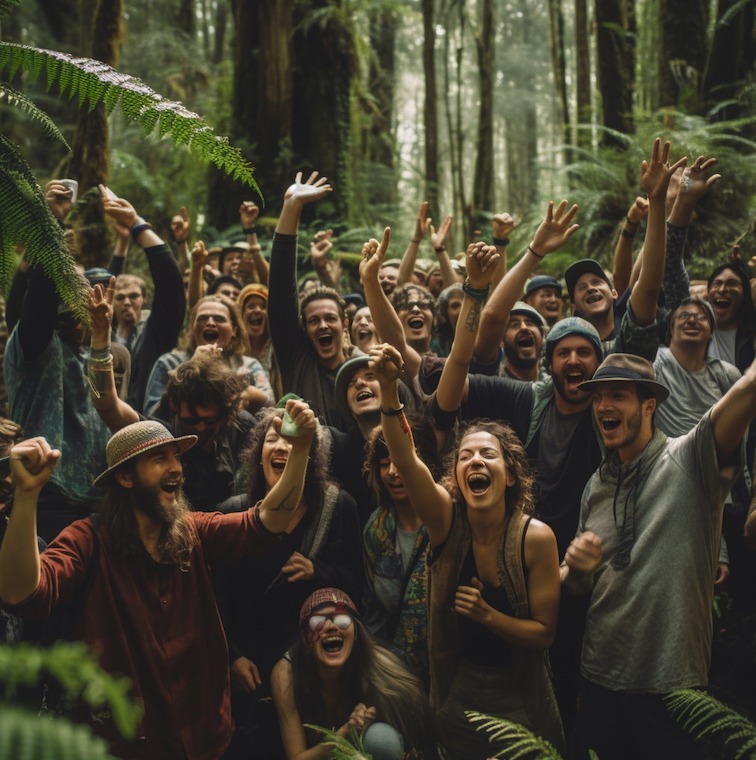
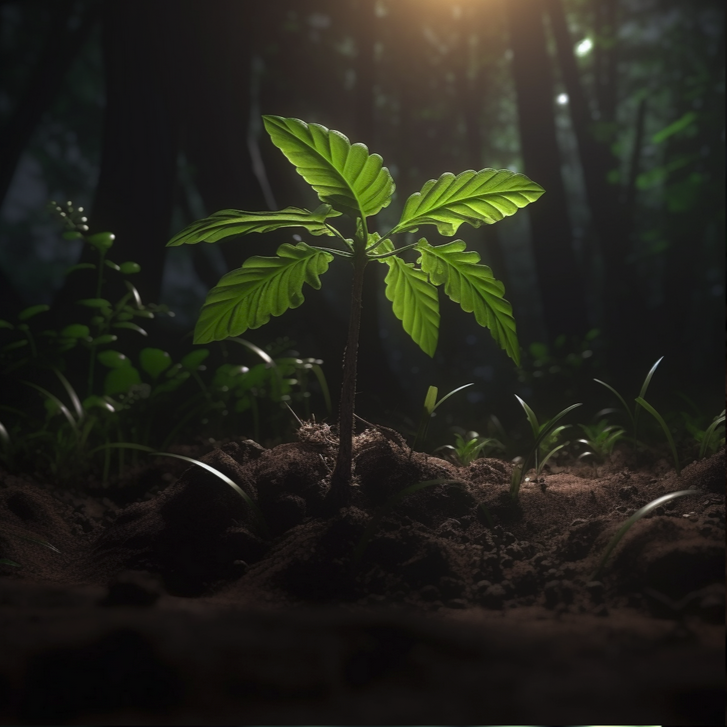
🌿 The Results! 🌿
Coverage Year 1
The Seed Hunter Tribe will supply approx 10M seeds from which we will make 25,000 Bag ‘o Bombs.
Revenue from Bag o’ Bomb sales will be used to roll out the programme and fund our projects.
| Germination Rate | Number of Viable Seedlings | Hectares Sown (at 10,000 trees/ha) |
|---|---|---|
| 5% | 500,000 | 50 |
| 10% | 1,000,000 | 100 |
| 15% | 1,500,000 | 150 |
| 20% | 2,000,000 | 200 |
| 25% | 2,500,000 | 250 |
| 30% | 3,000,000 | 300 |
| 35% | 3,500,000 | 350 |
| 40% | 4,000,000 | 400 |
| 45% | 4,500,000 | 450 |
| 50% | 5,000,000 | 500 |
🌿 Timeline: Achieving Milestones and Measuring Success! 🌿
Month 1-2: Project Launch
- Secure grant funding.
- Establish project infrastructure and hire necessary personnel.
- Begin community outreach and engagement efforts.
Month 3-4: Seed Harvesting Kickoff
- Launch seed harvesting activities with the community.
- Develop seed collection and processing systems.
- Initiate educational programs in schools.
Month 5-6: Seed Processing and Technology Development
- Enhance seed processing capabilities.
- Finalize seed bomb machine setup.
- Conduct drone pilot training.
Month 7-8: Educational Programs and Community Engagement
- Expand school programs and educational outreach.
- Host community events to raise awareness.
- Continue seed harvesting and processing.
Month 9-10: Aerial Sowing and Land Management
- Begin aerial sowing using heavy-duty drones.
- Implement sustainable land management initiatives.
- Monitor project impact and adapt as needed.
Month 11-12: Sustainability and Seed Hunter Program
- Explore retail opportunities for seeds and seed bombs.
- Develop the fully formed Seed Hunter Program.
- Evaluate and report project results.
Measuring and Communicating Results:
- Seed Harvest: Track the volume of seeds collected and processed, with regular updates on the community’s contribution.
- Educational Programs: Assess the number of students reached and the level of engagement through school participation and feedback.
- Aerial Sowing: Monitor the area covered and the success of seed dispersal using drone technology.
- Sustainable Land Management: Measure the positive environmental impact, such as improved soil health and increased biodiversity.
- Community Engagement: Gauge participation rates in community events and educational workshops.
- Seed Hunter Program: Communicate the program’s formation, participation, and impact on community members.
Regular progress reports, social media updates, community meetings, and a project website will be used to communicate results and engage stakeholders. Our goal is to ensure transparency and inspire ongoing support for our mission to rewild New Zealand.
Help Us Make It Happen
Every single dollar raised will be dedicated to the noble cause of rewilding New Zealand. Whether it’s scaling up our Seed Bomb processing machinery, enhancing our biochar facility, acquiring additional drones, or training skilled pilots, your contributions will directly fuel our mission.
And don’t forget, the Seed Hunter Program offers an incredible opportunity for anyone to earn while contributing to this remarkable endeavor.
🌿 And That’s How We Rewild New Zealand, One Seed at a Time 🌿
Let’s Make It Happen

“And into the forest I go to lose my mind and heal my soul”

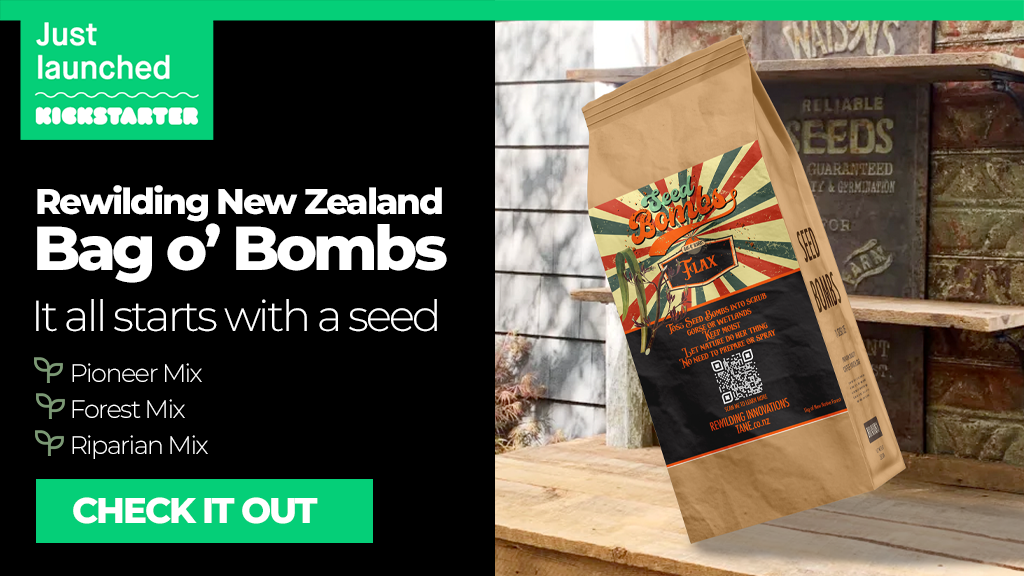
Understanding odds is crucial in gambling, and platforms like Jili OK offer a balanced mix of entertainment and strategy. Their AI-driven insights add value, making smart betting more accessible.
I’ve had great success analyzing sports betting odds, and platforms like 26superph offer a dynamic mix of gaming and betting options that enhance the overall experience for serious players.
Gambling platforms like phswerte are reshaping the industry with secure, user-friendly designs. Their focus on luck and variety shows real innovation in player engagement.
Great breakdown on analyzing form and odds! It’s all about smart strategy, and platforms like kingph win offer tools to track trends and boost confidence in picks.
Horse racing and slots both require smart strategies. After analyzing trends, platforms like WinPH99 login offer a balanced mix of fun and data-driven betting options worth exploring.
Loved the breakdown of odds and strategy! It’s rare to find such clarity in gambling guides. If you’re into action, check out the PH987 slot for a math-backed thrill.